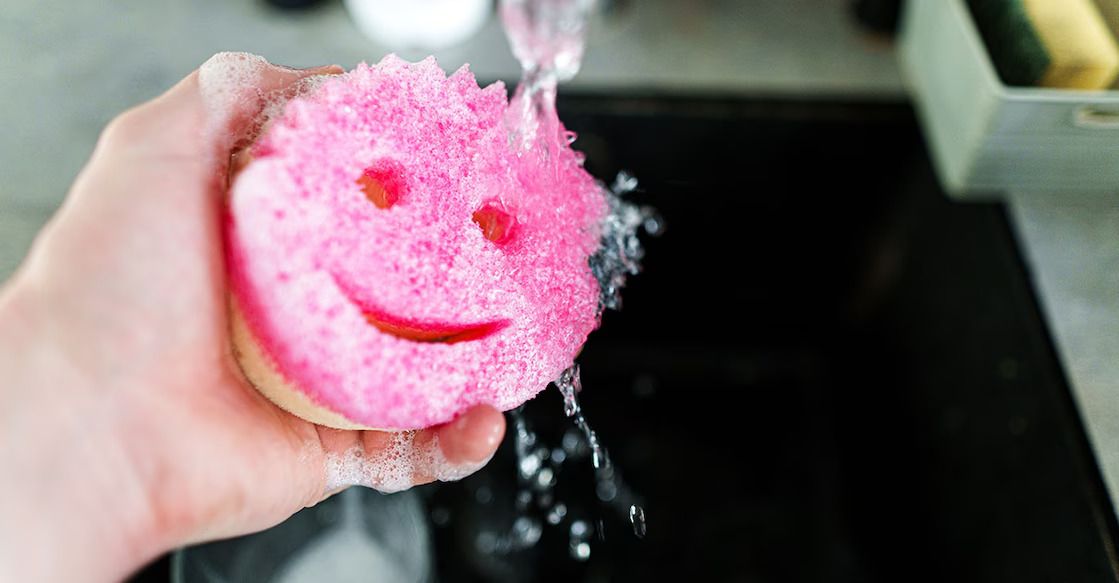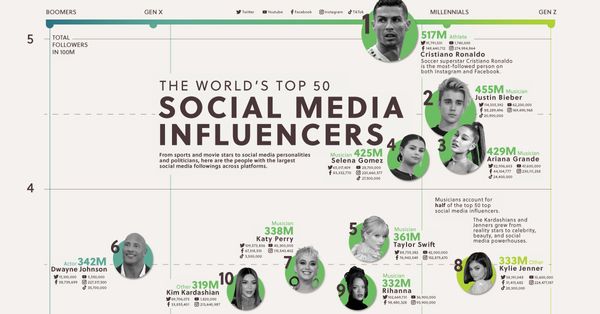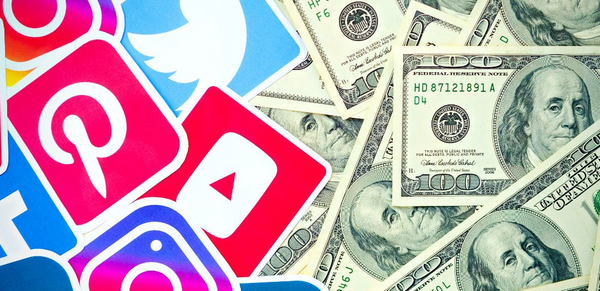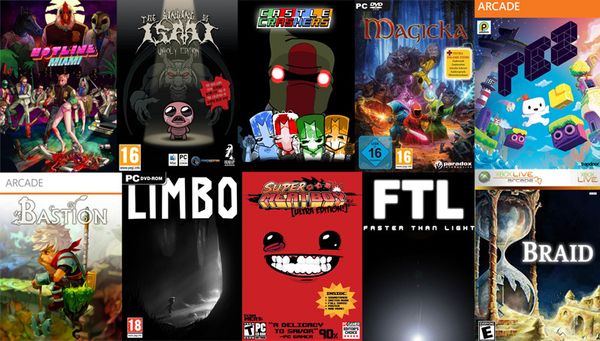Ever wonder how some small products become huge hits seemingly overnight? It's not just luck. There's a smart way to get your product noticed, and it's called influencer marketing. Think about those cleaning sponges that took over the internet, or those funny banana hats that actually work. These aren't accidents. They're examples of a powerful strategy that can turn simple ideas into big business. We'll look at how this works and how you can use it yourself.
Key Takeaways
- Influencer marketing can turn small ideas into major successes.
- Products like Scrub Daddy and Nana Hats show the power of this approach.
- Trust from influencers makes people more likely to buy.
- Seeing others use a product builds confidence in its usefulness.
- A good influencer marketing strategy helps your product get seen by the right people.
Introduction

Remember when influencer marketing felt like just a trend for big brands with huge budgets? Yeah, me too. It seemed like only companies with millions to spend could get a piece of the action. But then, something shifted. We started seeing smaller, even quirky, products popping up everywhere, shared by people we actually followed and trusted online. It wasn't just about celebrity endorsements anymore; it was about everyday folks showing off cool stuff. This shift has completely changed the game for small businesses and unique ideas. Think about it: how many times have you bought something after seeing a regular person use it in a video? It feels different, right? More real. This article is going to look at how some of these smaller ideas, the ones you might have initially dismissed, have blown up thanks to this approach. We'll explore how things like Scrub Daddy and even those funny Nana Hats went from niche to mainstream, and what makes this type of marketing so effective for products that don't have a massive advertising budget behind them. It’s all about connecting with people in a way that traditional ads just can't match anymore. We'll break down why this works so well, looking at the trust factor, the power of social proof, how algorithms play a role, and the community effect that gets people talking. It’s pretty fascinating stuff, really.
Scrub Daddy’s Viral Growth
Scrub Daddy is a prime example of how a simple product can explode onto the scene thanks to smart marketing. You might remember it from Shark Tank, but its real takeoff happened later. The company didn't just rely on that initial pitch; they actively built a brand that people wanted to talk about.
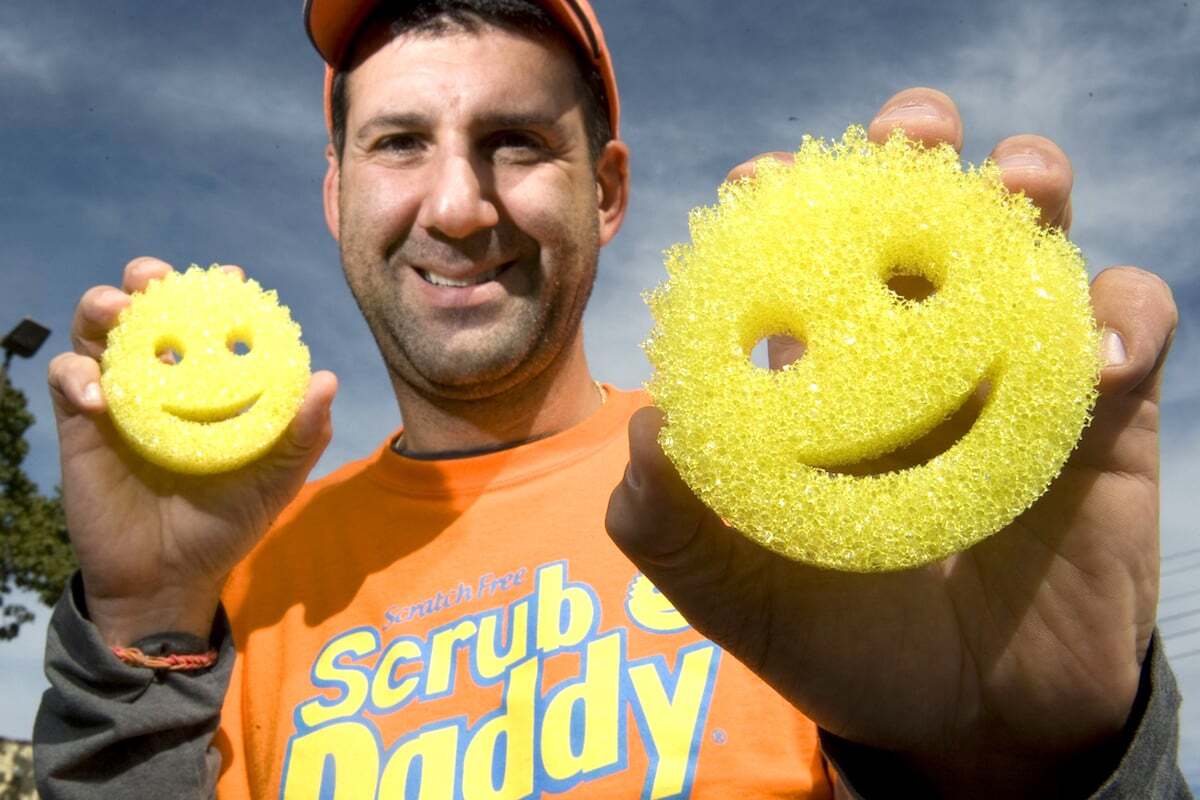
The Power of a Unique Product
What made Scrub Daddy stand out? It wasn't just another sponge. Its unique texture, which changes with water temperature, and its smiley face design made it memorable. This distinctiveness is key for any product aiming for viral product marketing. It gives people something specific to latch onto and share.
Leveraging Social Media
Scrub Daddy really leaned into social media platforms like TikTok and Instagram. They created short, engaging videos showing the sponge in action, often with a bit of humor. These videos were highly shareable, and before long, everyone seemed to be talking about or trying out the Scrub Daddy. It’s a great illustration of how a product can gain traction through user-generated content and influencer partnerships. The company understood how to make their product fit into the existing social media landscape, turning everyday cleaning into something people wanted to watch and share. This approach helped them achieve massive brand awareness and sales growth, turning a simple cleaning tool into a household name. They really mastered the art of making cleaning fun.
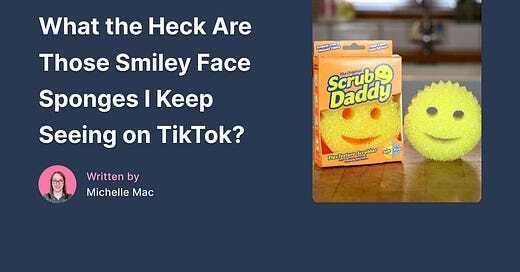
Building a Community
Beyond just showing the product, Scrub Daddy built a community around it. They encouraged customers to share their own cleaning hacks and experiences with the sponge. This created a sense of belonging and made people feel more connected to the brand. It’s a strategy that goes beyond just selling a product; it’s about creating a movement. There are also some effective tips you can follow.
The company’s strategy wasn't just about having a good product; it was about making that product a conversation starter. They tapped into the desire for relatable content and made their brand feel like a friend, not just a business.
Nana Hats from Shark Tank — quirky banana hats slowing ripening
Remember those Nana Hats? They were those funny little knitted caps designed to keep bananas from ripening too fast. You know, the ones that looked like tiny sombreros or little beanies for your fruit. They popped up on Shark Tank and, honestly, they were a bit of a novelty. But that's kind of the point, right? Sometimes, a simple, slightly silly idea can catch on.
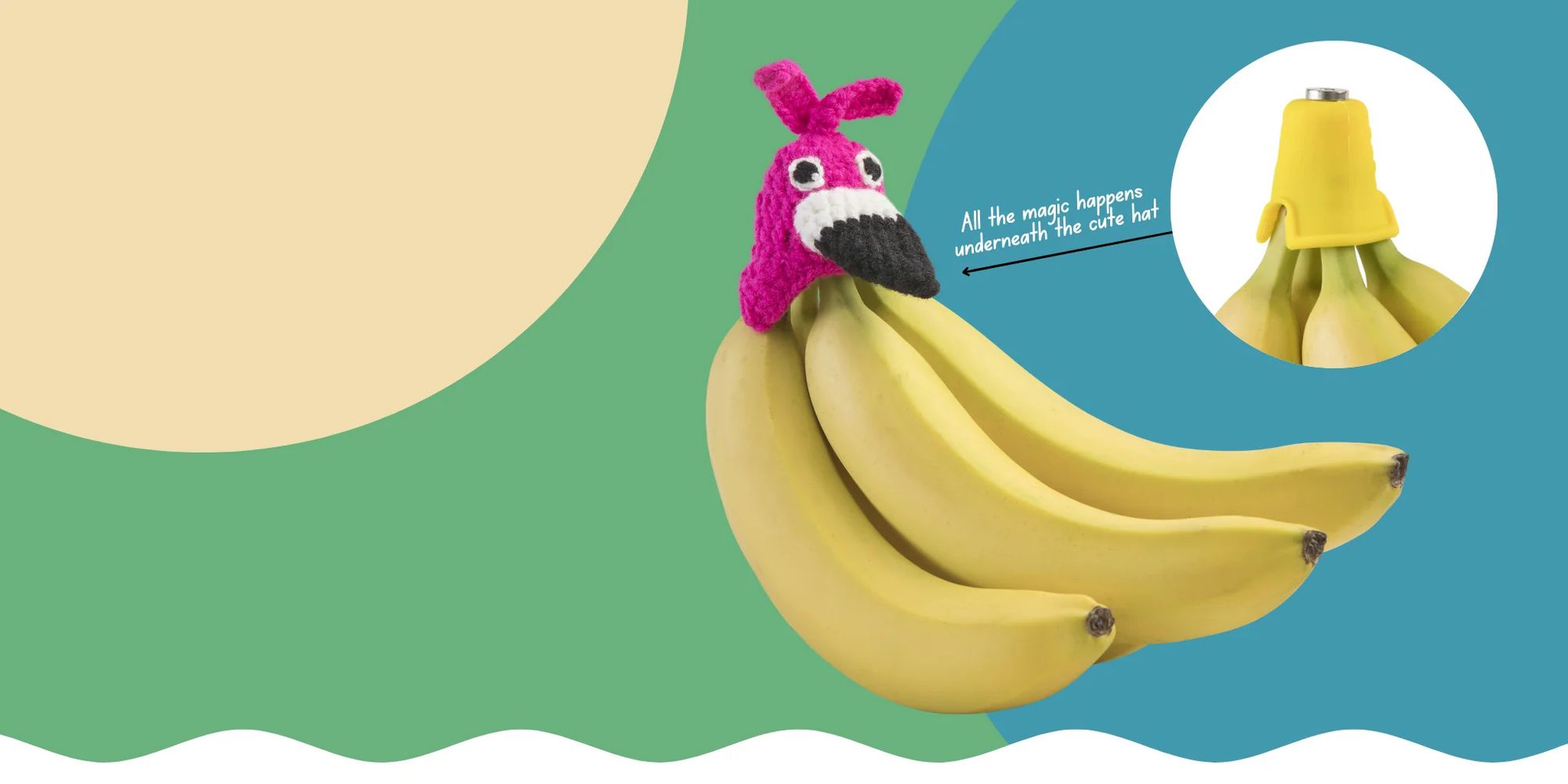
Why Influencer Marketing Works for Small Ideas
Trust Factor
People tend to trust recommendations from individuals they follow online more than traditional ads. If your favorite TikToker or Instagrammer is showing off a Nana Hat and saying it actually works, you're more likely to believe them.
Social Proof
Seeing others use and enjoy a product provides social proof. When influencers showcase these quirky hats, it signals to their followers that the product is not only real but also potentially fun and useful. It’s like saying, "Hey, other people are buying this, so it must be okay."

Algorithm Advantage
Social media algorithms often favor content that gets engagement. Influencer posts, especially those with unique products like Nana Hats, tend to generate comments, shares, and likes, which helps boost visibility for both the influencer and the product.
Community Effect
Influencers build communities around shared interests. If an influencer is into quirky kitchen gadgets or sustainable living (even in a small way, like reducing food waste), their followers are likely to share those interests. This makes them a prime audience for something like a Nana Hat. It’s like getting a recommendation from a friend, but on a larger scale. The idea is that these hats could help reduce food waste, a topic many people care about. It’s a small step, but it’s something. You can find similar unique food-related items, like this rich chocolatey beverage that also has banana notes, if you look around.
The initial reaction to Nana Hats might have been a mix of amusement and skepticism. However, their appearance on a popular show like Shark Tank, coupled with strategic influencer promotion, turned a simple concept into a recognizable product. It shows that even the most unassuming items can find an audience with the right marketing approach.

How to Build Your Own Influencer Marketing Campaign
So, you've got a cool idea, maybe something a bit out there like those Nana Hats, and you want to get it in front of people. Influencer marketing can be your secret weapon. It’s not just about throwing money at big names; it’s about finding the right voices to share your story. Think about how to make a product go viral – often, it starts with someone relatable showing it off.

Finding Your Influencers
First things first, who are you trying to reach? Are you aiming for a massive audience or a super-specific niche? For a TikTok influencer campaign, you’ll want creators who genuinely connect with that platform’s audience. Look for people whose content aligns with your product. Don't just pick someone with a million followers; pick someone whose followers actually care about what they say. It’s about authenticity. You can start by searching hashtags related to your product or industry. See who’s already talking about similar things.
Of course, finding those kinds of creators takes some digging. That’s where tools like SocialBook can help. They make it easier to zero in on influencers who actually match your audience by letting you filter for things like engagement rate, audience demographics, location, content style, and even average views per post.
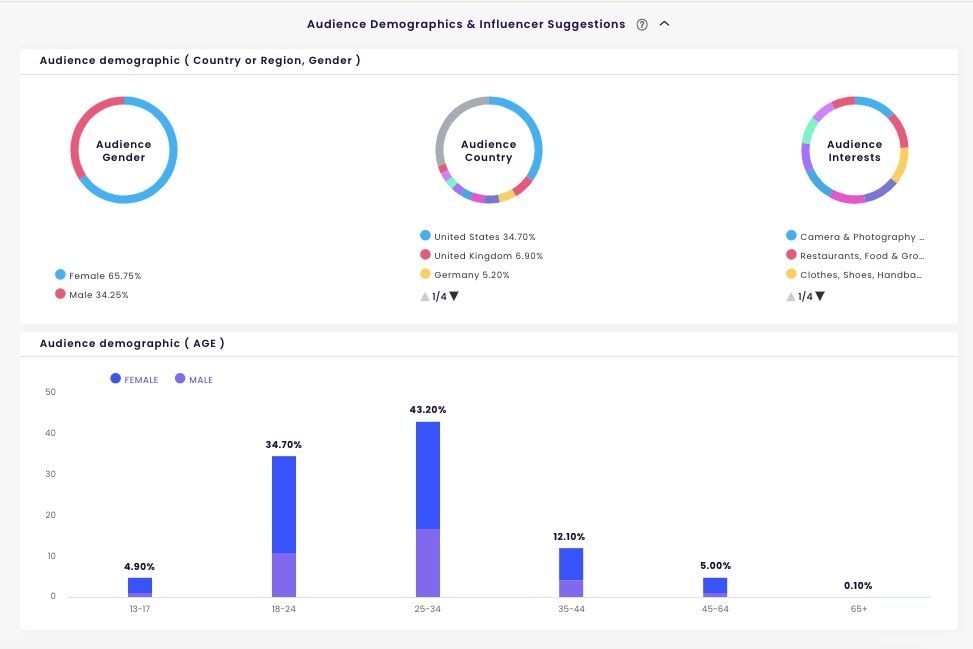
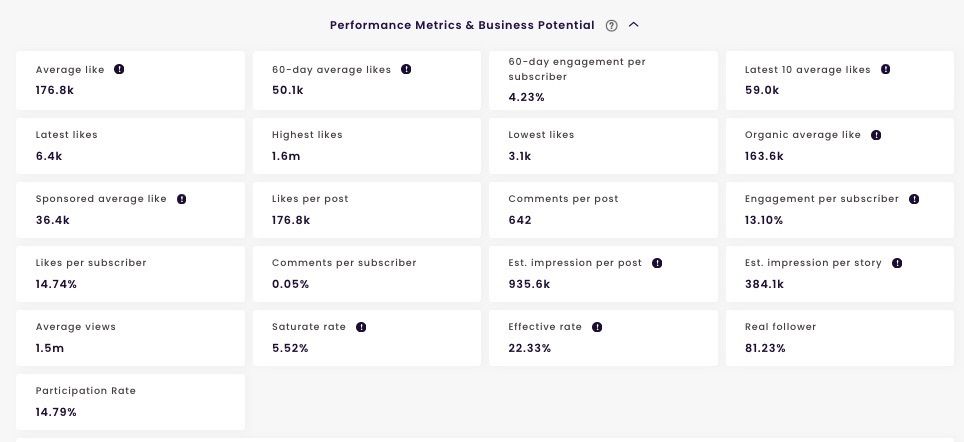
Crafting Your Pitch
Once you’ve got a shortlist, it’s time to reach out. Keep your initial message short and sweet. Explain why you think they’d be a good fit and what makes your product special. Offer them the product first, maybe a small payment, or set up an affiliate marketing for brands program where they earn a commission on sales. The goal is to make it a win-win. Remember, these are people with their own brands, so respect their time and creative process.
Setting Goals and Tracking Success
What do you want to achieve? More sales? Brand awareness? Website traffic? Define clear goals before you start. Then, figure out how you’ll measure success. This could be tracking unique discount codes, monitoring website analytics, or simply looking at engagement on the influencer’s posts. For an overseas brand promotion, you might need to consider different metrics and platforms.
Building Relationships
Don't treat this as a one-off transaction. Building genuine relationships with influencers can lead to long-term partnerships. They become true advocates for your brand. Think about how you can support them too, maybe by sharing their content or collaborating on future projects. This approach helps build trust and social proof, making your campaign much more effective. It’s a good idea to have a clear strategy for your outreach, as outlined in this influencer marketing strategy guide.
Building a successful influencer campaign isn't just about sending free stuff. It's about finding people who genuinely like your product and can share that enthusiasm with their followers in a way that feels real. Authenticity is key, and so is having a plan.

Conclusion
So, we've seen how a simple sponge and some quirky banana hats can become household names, all thanks to the power of influencer marketing. It’s not just about getting your product in front of a lot of eyes; it’s about connecting with people in a way that feels real. The days of just blasting ads everywhere are fading.
Frequently Asked Questions
What exactly is influencer marketing?
Influencer marketing is like getting a shout-out from someone popular online. These people, called influencers, have lots of followers who trust what they say. When an influencer talks about a product, their followers might want to try it too.
Why do people listen to influencers?
It works because people tend to believe recommendations from individuals they follow and admire. It's like when your friend tells you about a cool new game – you're more likely to check it out. Influencers build a connection with their audience, making their suggestions feel more real.
How does influencer marketing help new or small ideas?
For small or new ideas, influencer marketing is great because it can quickly get the word out to many people. It's a fast way to show off something unique or fun that might not get noticed otherwise. Think of it as a shortcut to getting seen.
Can I do influencer marketing for my own product?
Yes, you can! Start by finding influencers whose followers match who you want to reach. Then, reach out and see if they'd be interested in talking about your product. It's about finding the right people to share your idea with.
What is 'social proof' in this context?
Social proof means seeing that other people like something. When an influencer uses a product and their followers comment positively, it shows others that it's a good choice. This makes more people feel confident trying it.
How does the 'algorithm advantage' work?
When influencers share your product, it often shows up more on social media feeds because the platforms want to show content that people engage with. This helps your idea get seen by more eyes without you having to pay for ads directly.

